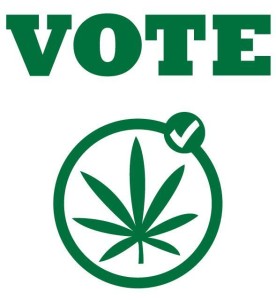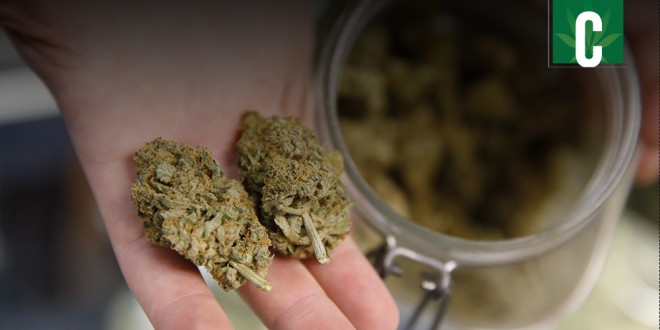Most observers agree: It won’t be long now. California is on its way to legalizing marijuana, probably this year but almost certainly within the next few.
 Voters will likely see legalization on the ballot in November, as several groups are gathering signatures now. Only one of them has a real shot at getting past voters, and it’s led by tech billionaire Sean Parker. He is already attracting millions of dollars from big-name reform groups, a sign the movement takes his plan seriously.
Voters will likely see legalization on the ballot in November, as several groups are gathering signatures now. Only one of them has a real shot at getting past voters, and it’s led by tech billionaire Sean Parker. He is already attracting millions of dollars from big-name reform groups, a sign the movement takes his plan seriously.
That is hopeful. The last time advocates tried to put legalization before voters, none of their several groups could scrounge up enough money or signatures to make the ballot in 2014. Four years before that, the issue did appear on the ballot – and voters rejected it by a wide margin.
Reform groups backing Parker’s proposal
This time, the big money is coalescing behind one mainstream option, while more liberal initiatives pushed by grassroots activists have little access to fundraising, little access to the media, and little hope of making the ballot, let alone winning over voters in November. The stars are aligning better than they did before.
But what would “legalized” even mean in California? Would it be the same as legal marijuana in Washington, Oregon, Colorado, Alaska, and the District of Columbia? Would it be similar to the Golden State’s existing medical cannabis system? Based on Parker’s proposal, here’s a look.
Possession and cultivation would be legalized
First, the initiative would legalize possession of up to 1 ounce of marijuana, retail sales, and home and commercial cultivation. Adults over 21 would be allowed to grow up to six plants at home, while the state would regulate a commercial marijuana industry from seed to sale. That industry would pay a 15 percent tax on all retail marijuana sales, with a cultivation tax of $9.25 per ounce of bud and $2.75 per ounce of leaves.
Municipalities can set local rules
 The new marijuana rules would still let local communities decide for themselves whether they want to ban recreational cannabis businesses, but only with the backing of local voters. That means large swaths of California could continue to prohibit any marijuana sales or cultivation, medical or otherwise, but only if voters approve.
The new marijuana rules would still let local communities decide for themselves whether they want to ban recreational cannabis businesses, but only with the backing of local voters. That means large swaths of California could continue to prohibit any marijuana sales or cultivation, medical or otherwise, but only if voters approve.
It’s an important sticking point for many people on both sides of the legalization debate. Hundreds of municipal governments have moved in recent months to ban any form of marijuana dispensary or cultivation – even at home by patients. The rush was driven by a legal mistake that forced communities to enact bans by March 1 or lose local control. The legislature has since removed the deadline, but not before a significant portion of the state closed the door to patients and other users.
Proposed regulation
Under Parker’s plan, the state would create a Bureau of Marijuana Control within the Department of Consumer Affairs and task it with issuing business licenses and regulating the industry. Commercial cultivation would be overseen by the Department of Food and Agriculture, while the Board of Equalization would be in charge of tax collection and the Controller’s Office would distribute that revenue.
There are almost endless benefits to legalizing marijuana. It would bring more order to the state’s famously chaotic medical marijuana system, it would reshape a faltering criminal justice system, and, perhaps most importantly, it could lower prices for patients and potheads alike. Either way, expect to see reform on the ballot in November. And don’t be surprised if there’s a recreational pot shop opening near you soon.
 California Marijuana Market Breaking "Marijuana News" from CA
California Marijuana Market Breaking "Marijuana News" from CA





